Affiliate links on Android Authority may earn us a commission. Learn more.
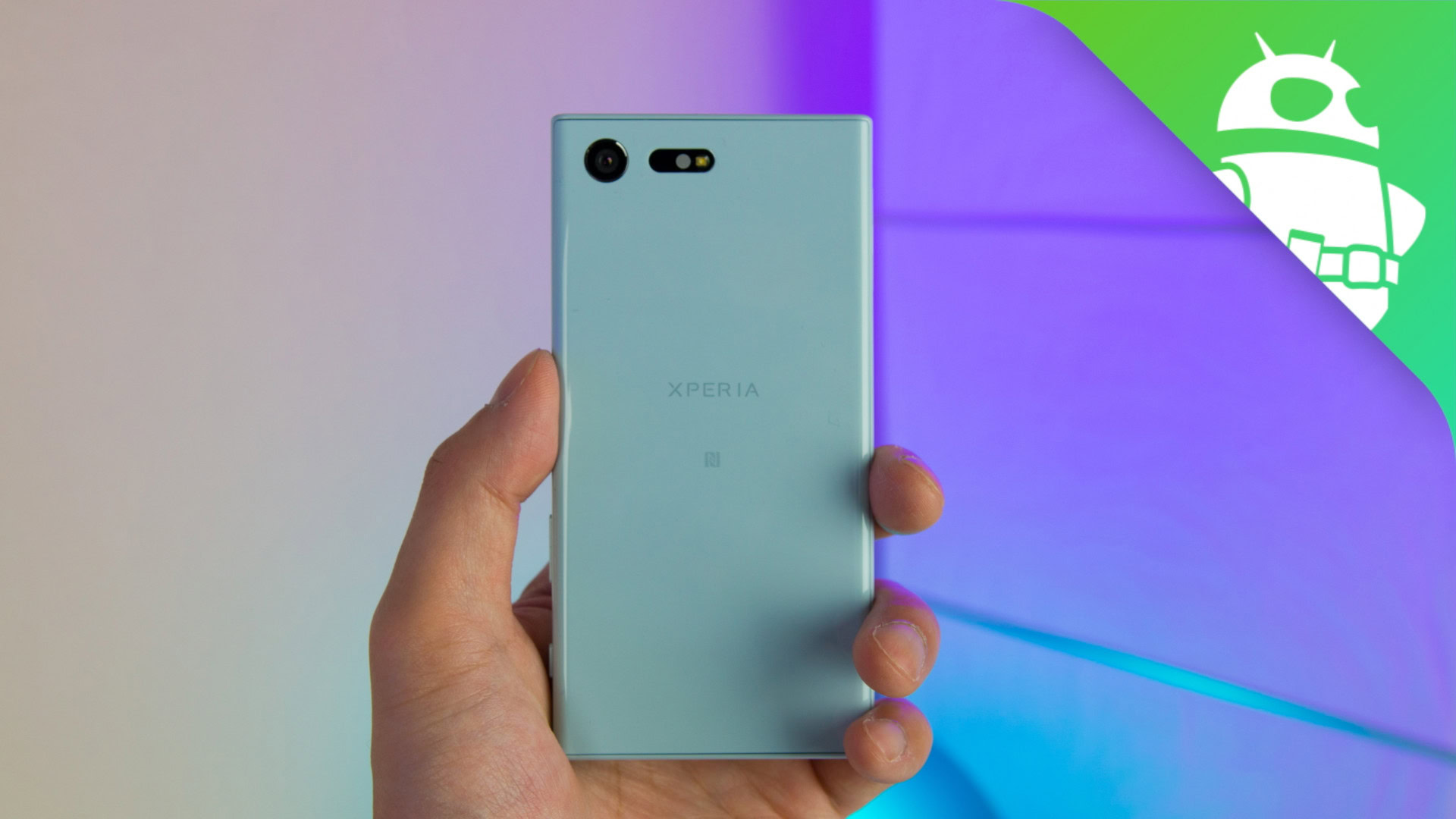
Sony Xperia X Compact
What we like
What we don't like
Our scores
Sony Xperia X Compact
While we have seen a lot of “mini” iterations of popular flagship smartphones, these devices tend to fall in the mid-range category. Sony is the lone holdout in this regard, with their Compact devices only shrinking in size, while retaining the specifications and features of their flagship counterparts, which is the case with one of Sony’s latest offerings, the Xperia X Compact.
- Sony Xperia X Performance review
- Sony Xperia X Compact Hands on
- Why Sony deserves some credit – but not too much
- Sony Xperia XZ hands on review
Is there still a market for such compact smartphones, and what does this device have to offer? We find out, in this comprehensive Sony Xperia X Compact review!
Design
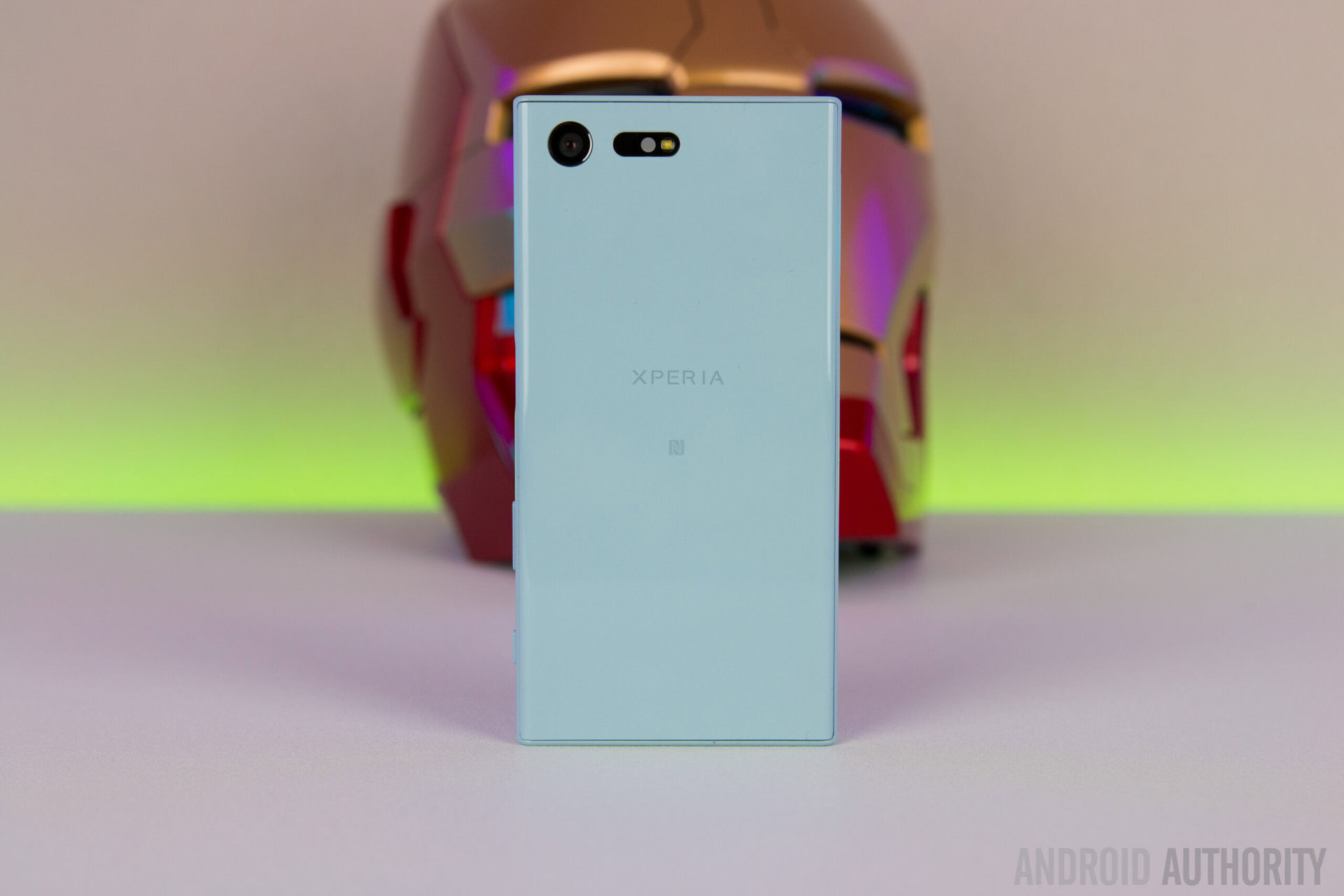
While the Xperia X Compact is technically a smaller version of the Xperia X that was announced back at MWC this year, it borrows its design language from the flagship Xperia XZ that was launched alongside it at IFA 2016. However, it doesn’t feature the premium build quality of its high-end counterpart, with the Xperia X Compact being made entirely of plastic.
The X Compact may not offer the same feel as other Sony devices that offer metal and glass builds, but the phone is surprisingly sturdy. It comes with a very glossy finish, that gives it a ceramic look that is really nice, but does make for a huge fingerprint magnet. The top and bottom of the phone are completely flat, which means that the device can stand on its own, and there are frosted matching color inserts that flow well with the rest of the design.
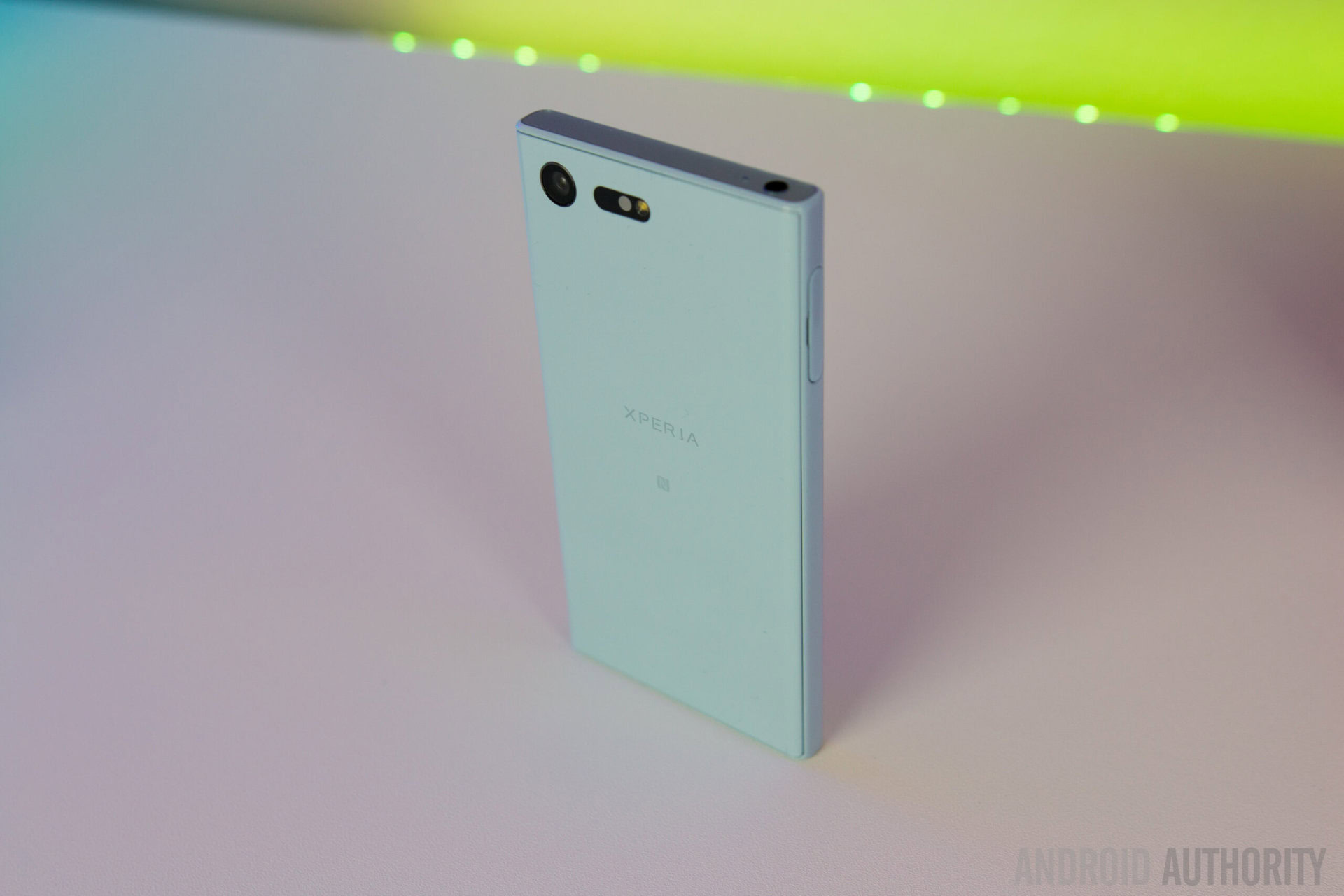
The X Compact also features what Sony is calling a “loop” design, which is essentially a fancy way of explaining the tapers along the sides the make the transition from glass to plastic seamless, and makes the phone more comfortable to hold. Despite some aesthetic changes, the signature rectangular shape that Sony is known for is still seen here.
The best part about the Sony Xperia X Compact is how easy it is to use with one hand, which is obviously the point of a mini smartphone. With so many large display phones out there, it is quite refreshing to use a device that is this compact, with a screen that you can reach across very easily and without any hand gymnastics.
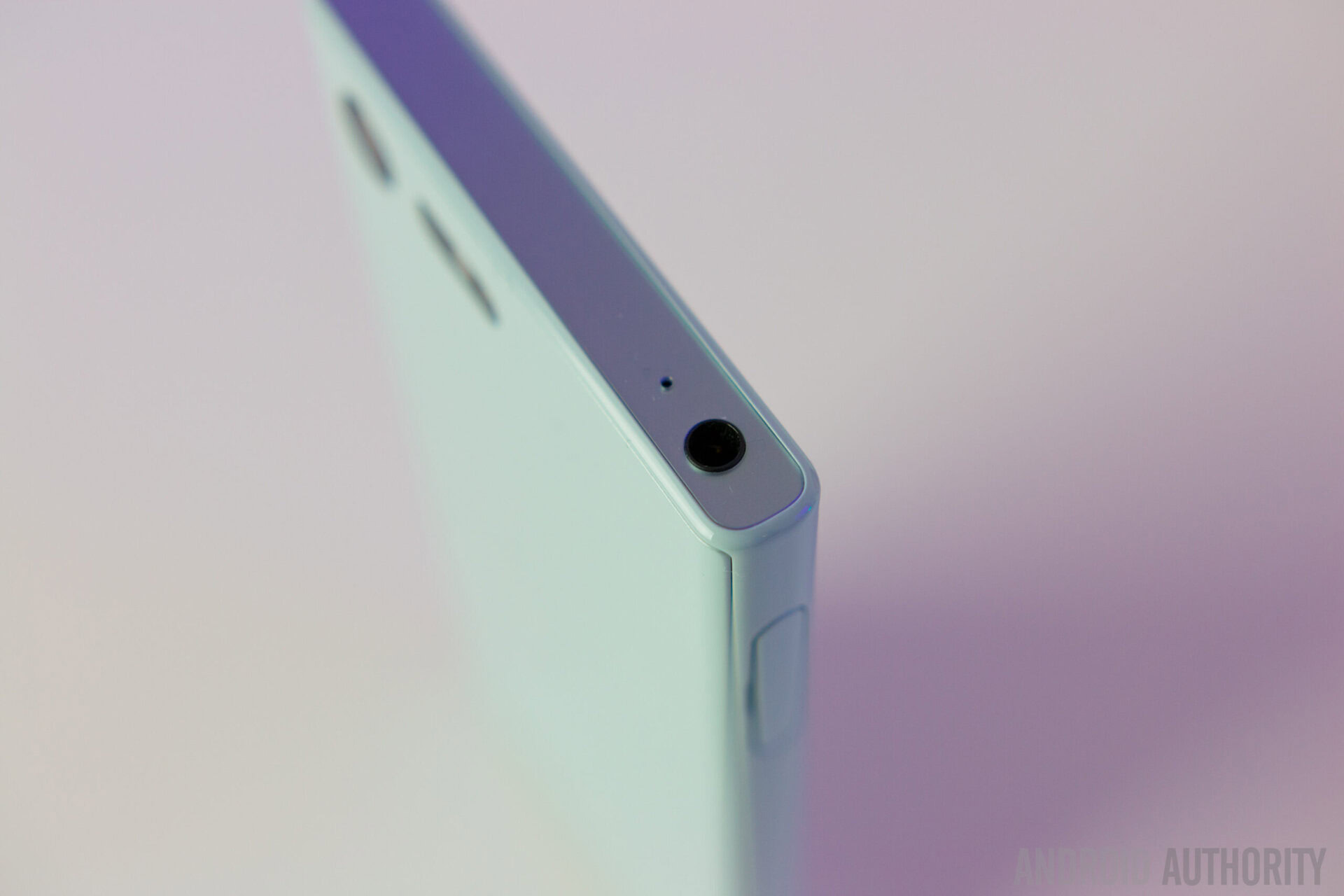
Taking a look around the device, the headphone jack and USB Type C port are at the top and bottom respectively, on the left side is the slot for the SIM card and microSD card, and on the right are the power button, volume rocker, and a dedicated camera button. The physical camera shortcut key is extremely convenient, with it not only providing a quick and easy way to launch the camera, but also because it works as a shutter button.
However, having all these buttons on one side can make it feel a touch cluttered, and the volume rocker sits too far down to make it comfortable to reach with your thumb. The position of the volume keys do make sense when using them to adjust the digital zoom of the camera, but is not in the optimal position for controlling the volume, which is its primary purpose.
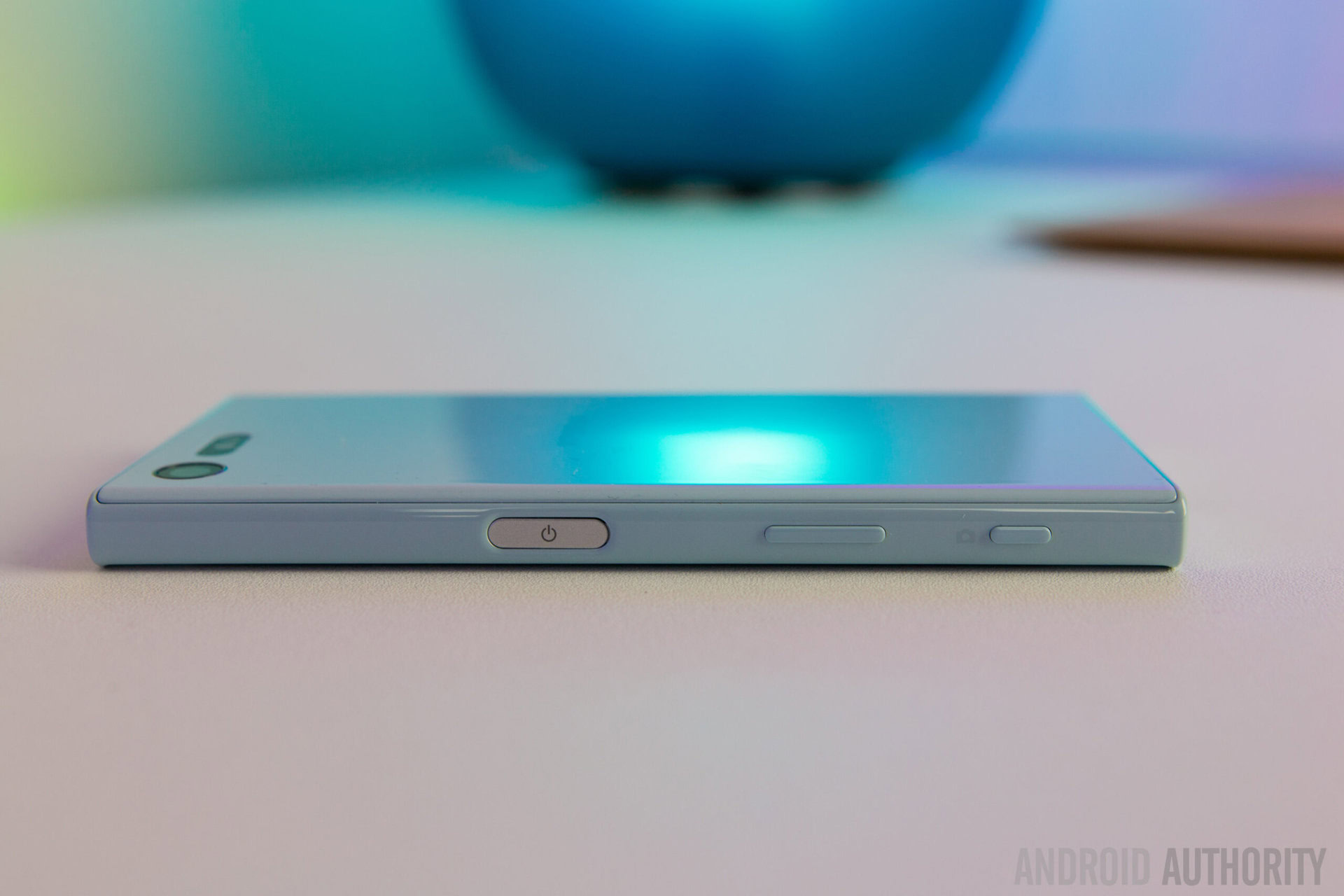
The Xperia X Compact also comes with a fingerprint sensor that is embedded into the power button, but for reasons unknown, this isn’t available with the US version of the device, which is certainly an extremely odd choice. Unlike its flagship counterparts and previous Compact smartphones from Sony, the X Compact doesn’t come with dust and water resistance, which is another surprising omission, and could be a deal breaker for some.
Display
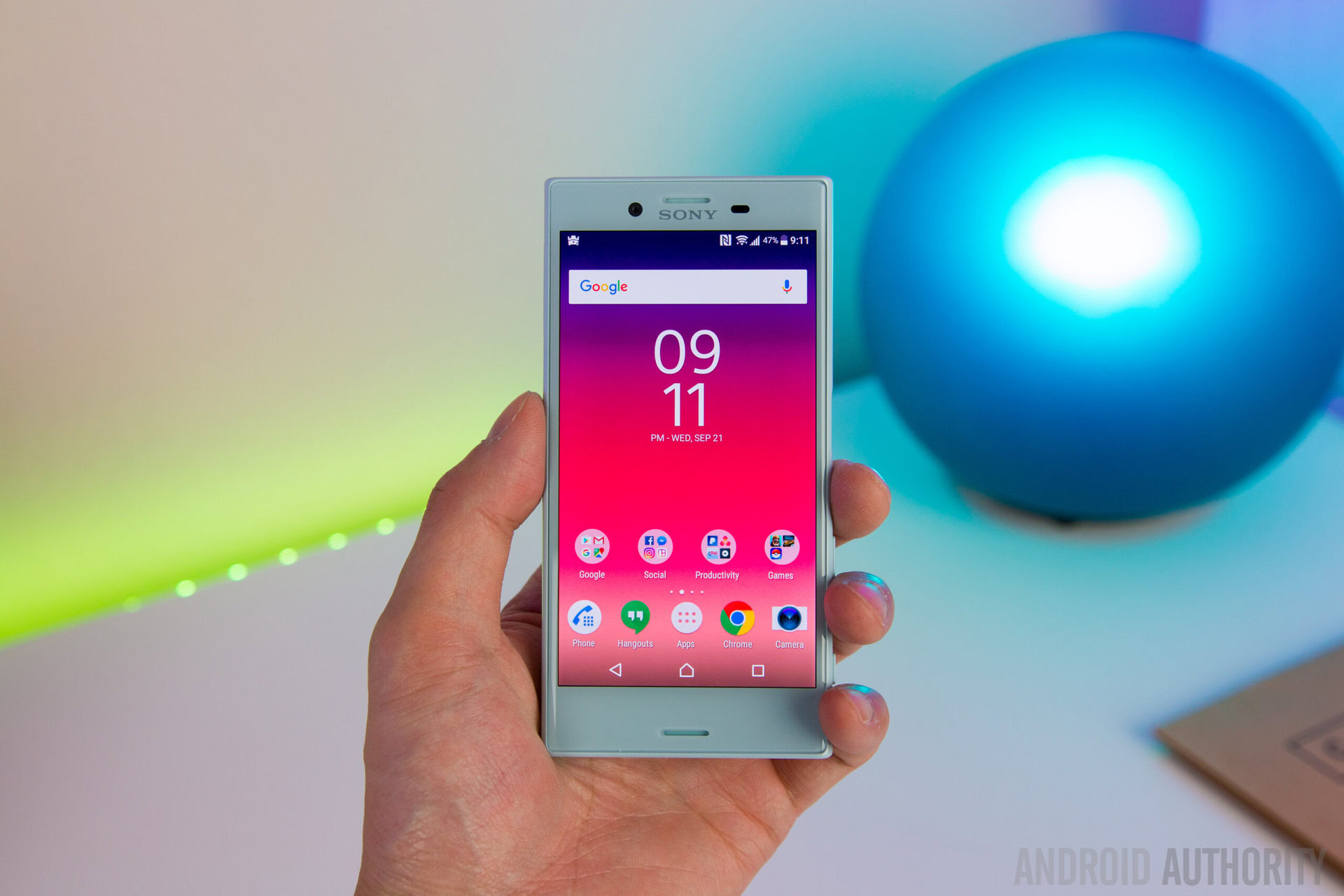
The Xperia X Compact comes with a 4.6-inch IPS LCD display with 720p resolution, resulting in a pixel density of 319 ppi. 720p may not be particularly impressive in the current scheme of things, but is certainly more than enough with a display of this size. The display is plenty sharp, and there have been no issues with reading text.
The display is pretty good, offering nice color reproduction and saturation, and good viewing angles. The screen also gets surprisingly bright, allowing for a comfortable viewing experience even in direct sunlight. Typing on the small screen isn’t much of an issue, but the media consumption experience isn’t going to be as good, not because of the quality of the display, but because of its size. It’s something that will take some getting used to, but is certainly not a deal breaker by any means.
Performance
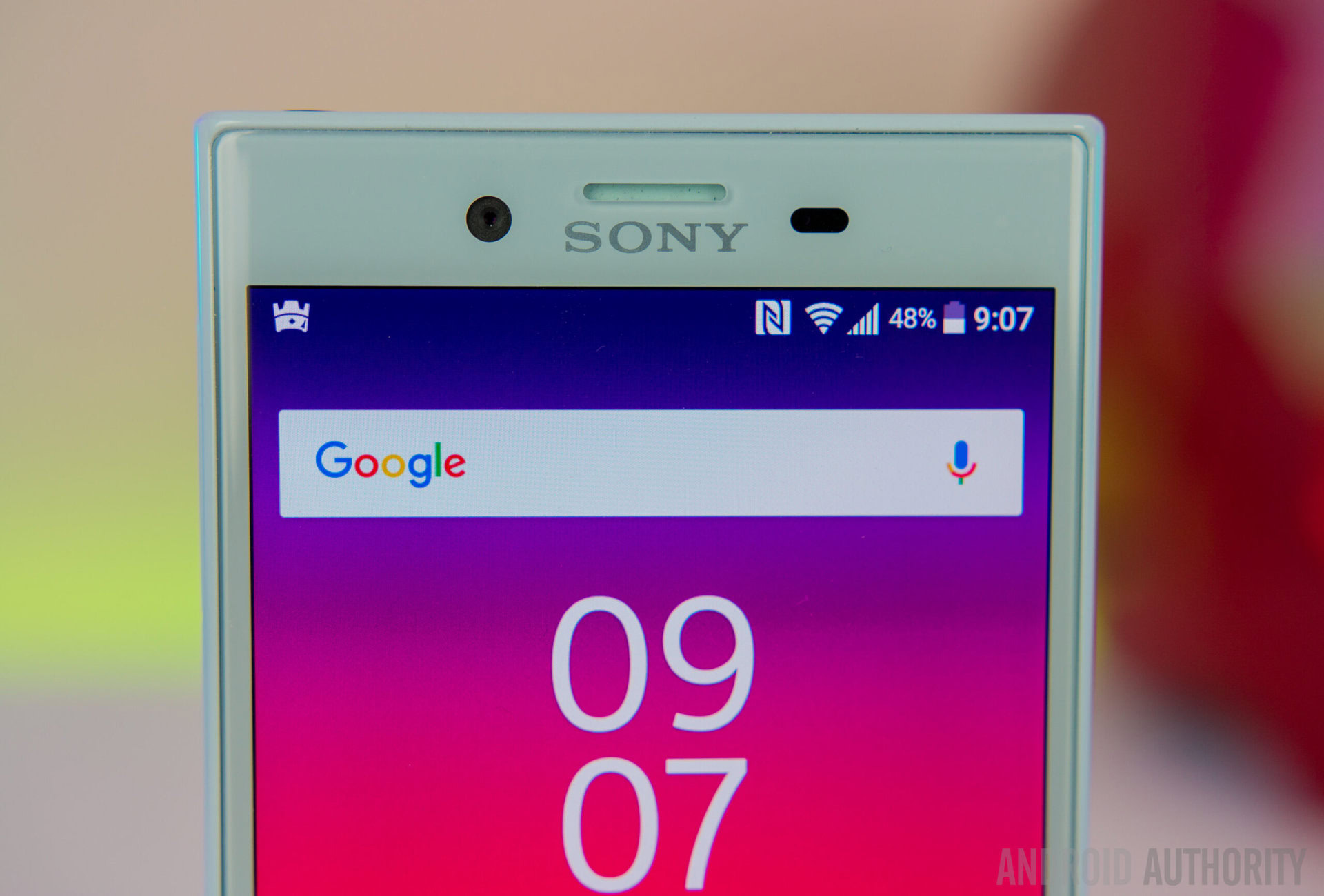
Under the hood, the Xperia X Compact retains the same processing package as its larger namesake, the Qualcomm Snapdragon 650 processor, backed by the Adreno 510 GPU and 3 GB of RAM. Even though it doesn’t feature top of the line specifications, performance hasn’t been an issue with the X Compact.
Everything has been fast and responsive, and the device can even handle high-end games without struggling. Granted, the load times may be a little longer, but once a game loads, it runs very smoothly, with rarely any dropped frames to be seen. Overall, the performance has been quite impressive, and goes beyond what you would expect from a mid-range processor like the Snapdragon 650.
Hardware
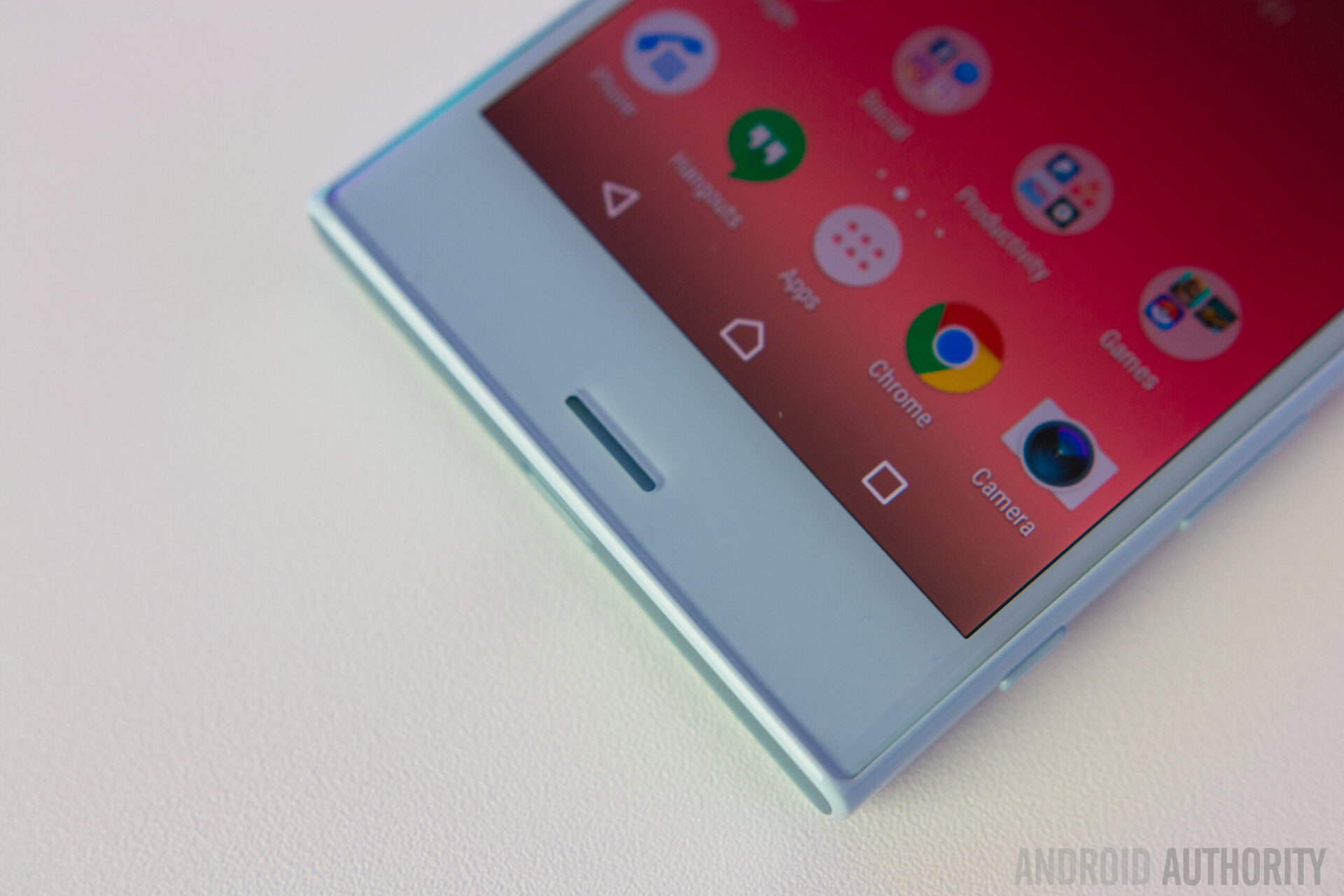
As far as storage goes, 32 GB is your only option, but expandable storage via microSD card allows you to add up to 256GB additional storage, which should take care of all your needs.
Above and below the display are two thin slits that house the dual front-facing stereo speakers. The overall volume is on the quieter side when compared to other front-facing setups, but the quality of the sound is actually quite good, with clean, clear sound, with no distortion.
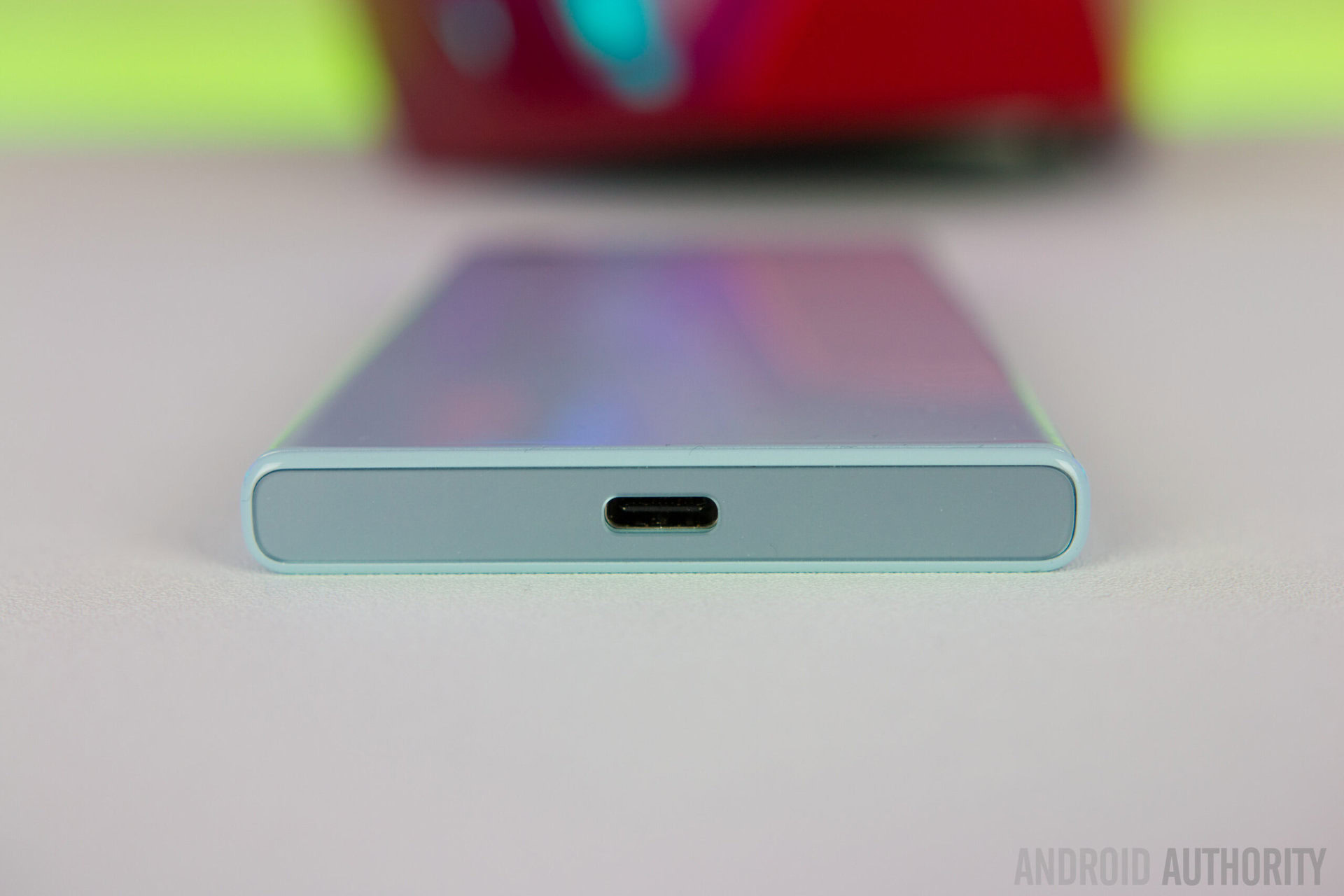
However, you will have a far better audio experience when plugging in a pair of headphones. The Xperia X Compact has built in support for Hi-Res Audio like FLAC, ALAC, DSD, and LPCM, but if you don’t have audio in these formats already, the device can also upscale any compressed audio files to give it a Hi-Res sound.
The Xperia X Compact comes with a 2,700 mAh battery, which allows for surprisingly good battery life, helped along by the relatively lower resolution display that it has to power. The battery comfortably provides a full day of use, and even with heavy usage that involved a lot of gaming and watching videos on Youtube, I rarely had to charge the device in the middle of the day.
The device comes with Qualcomm QuickCharge 3.0 support, and given the capacity of the battery, it doesn’t take long to get back to a full charge at all. However, one thing to remember is that Sony doesn’t include a QC 3.0 charger in the box, so you will have to pick up a third-party one to take advantage of the phone’s fast charging capabilities.
Camera
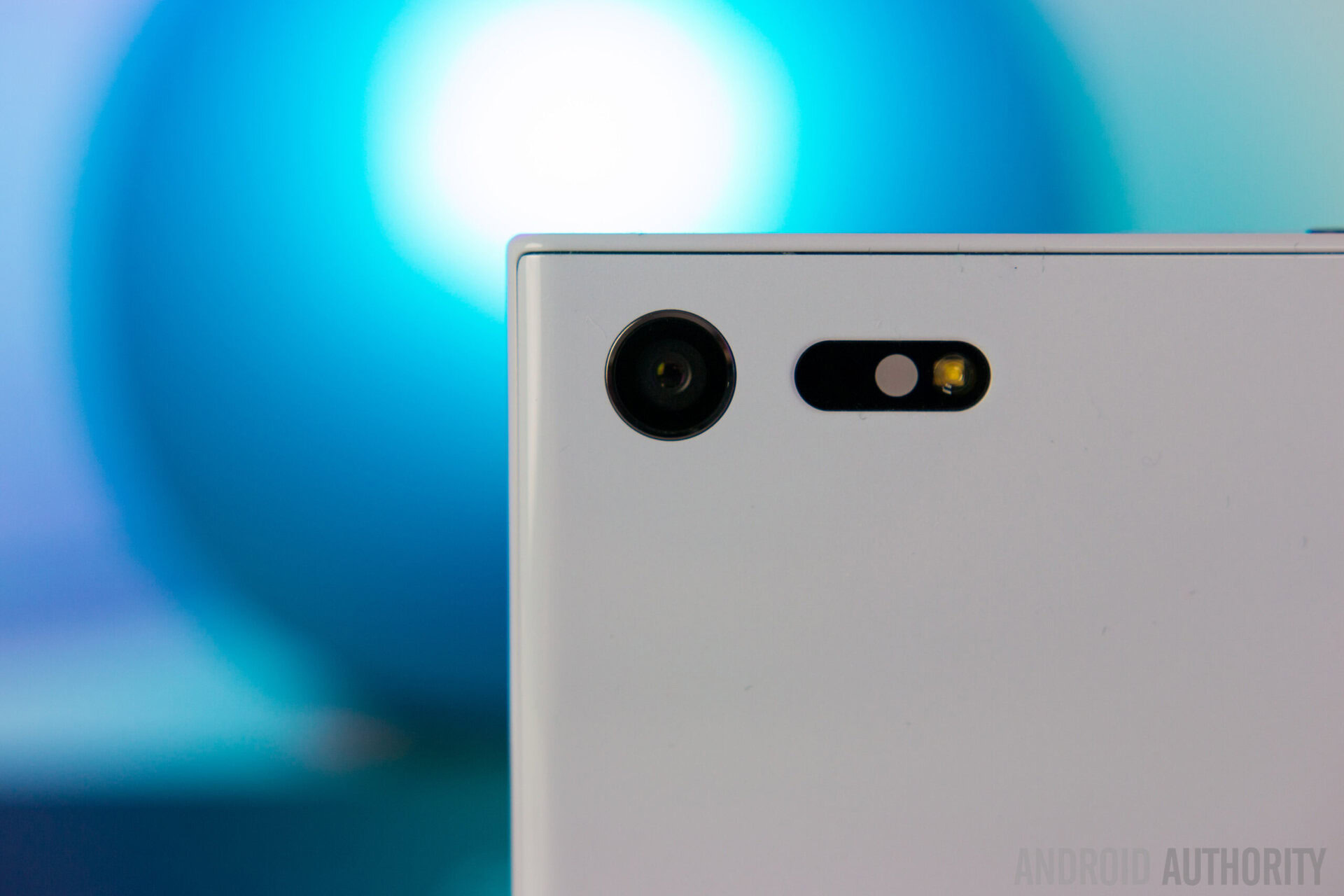
Sony is also making a big deal about the camera of the Xperia X Compact. The front 5 MP shooter is a fairly standard wide angle lens camera, and gets the job done when it comes to taking selfies. On the back is a 23 MP camera, which is the same sensor that is found with Sony’s higher-end offerings like the Xperia XZ.
To improve the camera, Sony has added a new laser auto focus system to help with sensing distance and taking better shots in low light situations, and there is also a new color sensor to help you get much better white balance. The real kicker here is that the X Compact has 5 axis image stabilization for both the front and rear cameras when recording video, but there is no physical hardware inside to make this stabilization happen, with all the stabilization being software based.
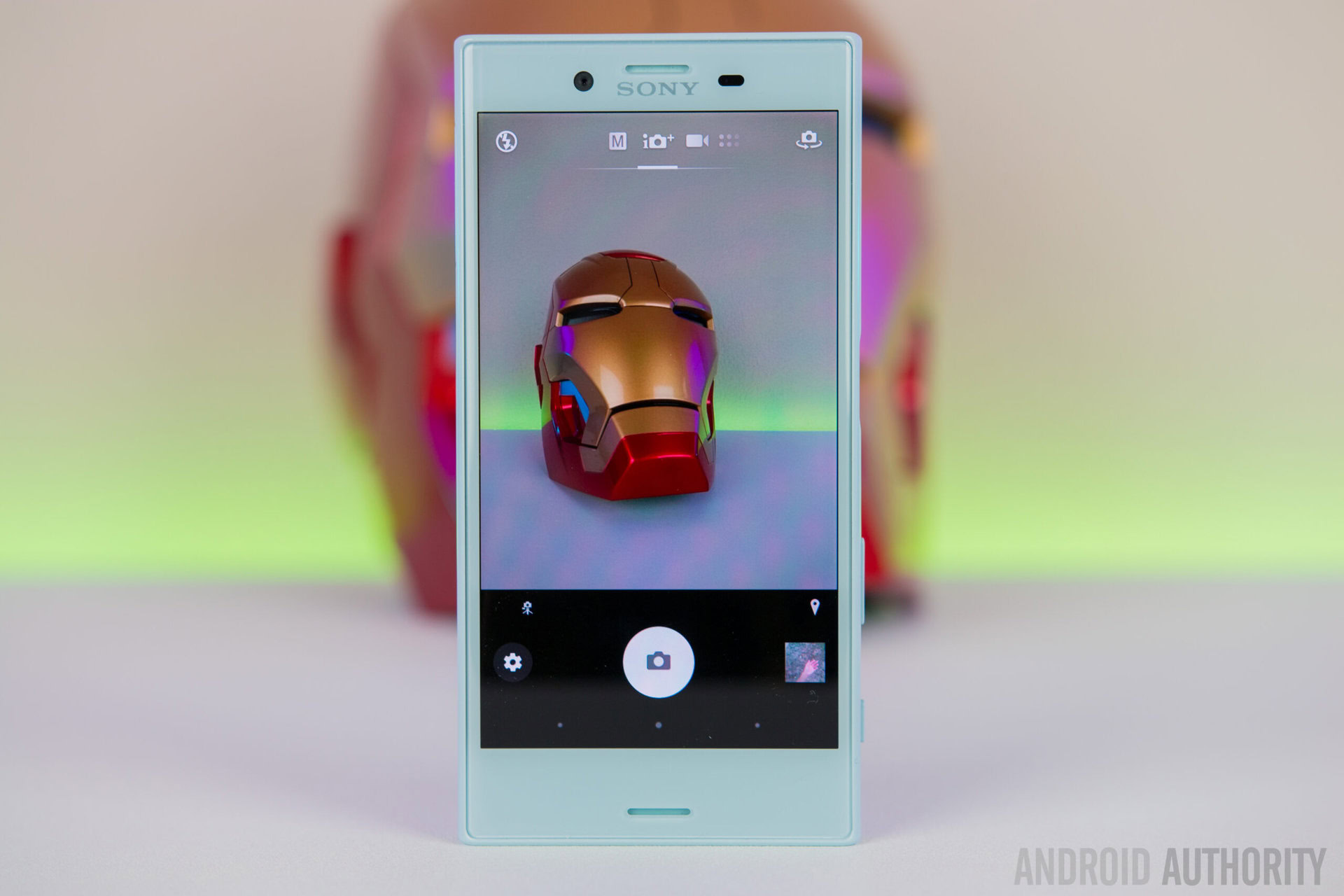
Before you get too excited though, the 5 axis stabilization is utilized only when recording “macro” shots, so unless you see the word macro pop up in the corner of the viewfinder, you only get 3 axis stabilization, which does work well to keep the footage stable and without any warping or distortion. It is somewhat strange that Sony hyped a feature that is used only in limited situations, since macro video isn’t something a lot of people typically use their smartphones to record.
The camera application offers what we’ve come to expect from Sony devices, and it doesn’t look like it has changed significantly over the years. You can swipe up or down on the viewfinder to switch between various modes, that include Superior Auto, manual, and video recording, along with the slew of camera effects that Sony always adds. It isn’t the most intuitive camera app, and HDR still only works when using the manual mode, but the overall camera shooting experience is fairly straightforward.
Sony Xperia X Compact camera samples:
It is easy to quickly launch the camera and take a shot using the dedicated camera shutter button, and the image quality is well above average. Images are extremely sharp and well detailed, and while there is a good amount of color and saturation to be had, shots do look more natural when compared to the oversaturated photos that are taken with some other smartphones.
The camera also has a predictive hybrid auto focus feature that can continuously track moving objects and capture them without motion blur. As long as the object isn’t moving ridiculously fast, this feature does work really well. In low light conditions, there is still a fair amount of detail to be had, and images generally tend to be noise free. However, the shutter speed can be really slow in such lighting situations, so very steady hands will be required to avoid blurry photos.
Software
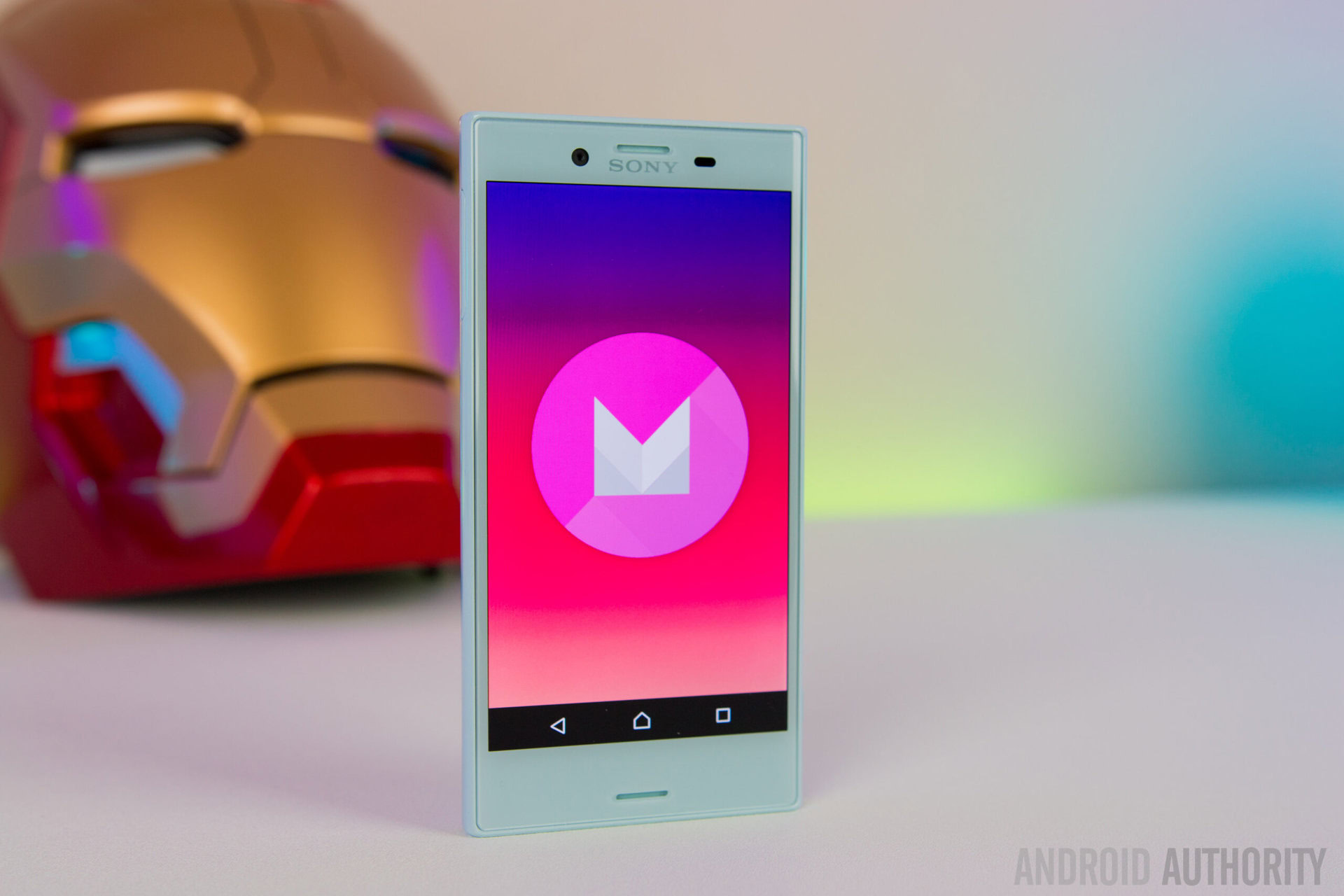
On the software side of things, the Xperia X Compact is running Android 6.0 Marshmallow with Sony’s custom skin on top. Calling it a custom skin is certainly a stretch however, considering how many stock Android elements are to be found throughout the user interface.
Sony has really scaled back on their own customizations, and has even gone as far as to add the Google Now homescreen to this launcher, which really makes the experience feel closer to stock. That said, it does come with a lot of bloatware, including pre-installed Sony apps and a few third-party ones, but all of these can be disabled and moved out of the way.
Overall, Sony has done a fantastic job with keeping the software experience clean and simple, which is also a contributing factor to the smooth performance that is available with the Xperia X Compact.
Specifications
| Sony Xperia X Compact | |
|---|---|
Display | 4.6” HD Triluminos IPS LCD |
Processor | Hexa-core, 64-bit Snapdragon 650 (2 x 1.8 GHZ, 4 x 1.2 GHz) |
RAM | 3 GB |
Storage | 32 GB + microSD |
Dimensions | 129 x 65 x 9.5 mm |
Weight | 135g |
IP rating | No |
Main camera | 23 MP, predictive hybrid auto-focus, triple image sensing technology, 5-axis stabilization |
Front camera | 5 MP |
Battery | 2,700 mAh, Quick Charge 3.0, Qnovo Adaptive Charging, USB Type-C |
Fingerprint sensor | Yes |
Networks | GSM GPRS/EDGE (2G), UMTS HSPA+ (3G), Cat. 6 LTE |
Connectivity | A-GNSS (GPS + GLONASS), Wi-Fi Miracast, Bluetooth 4.2, NFC |
Gallery
Pricing and final thoughts
So there you have it for this in-depth look at the Sony Xperia X Compact! The unlocked version of the Xperia X compact is available in the US for $500, which is really steep for what is basically a mid-range smartphone, and its price point puts this phone in a rather awkward position.
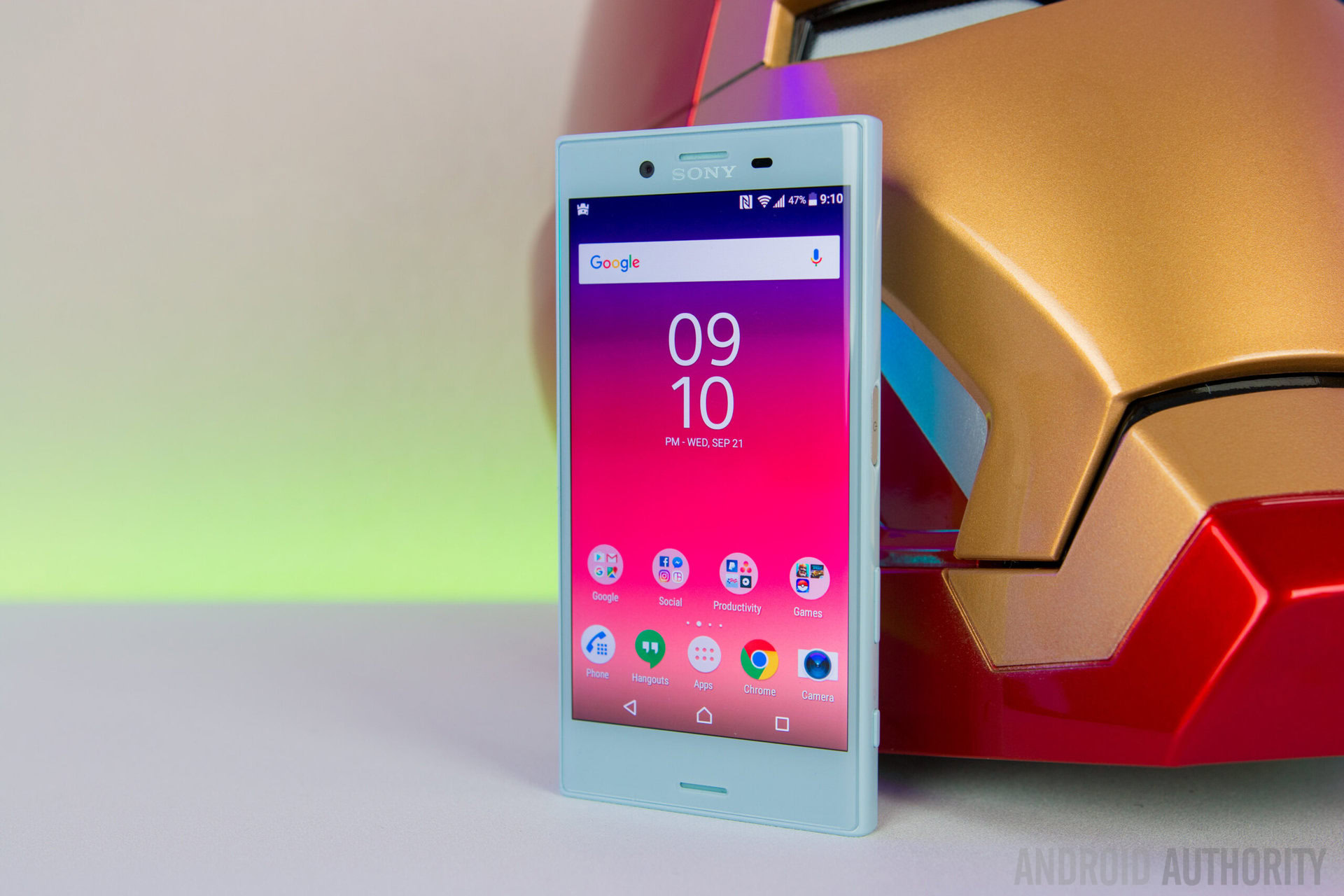
There are a lot of other options out there, like the Nexus 6P, that arguably offers a lot more value despite being a year old, for the same price or less, and if you are looking for something more current, great choices include the OnePlus 3, the ZTE Axon 7, or the HONOR 8.
- Sony Xperia X Performance review
- Sony Xperia X Compact Hands on
- Why Sony deserves some credit – but not too much
- Sony Xperia XZ hands on review
The Xperia X Compact is a great phone, and if you choose to buy one, you certainly won’t be disappointed. However, without a fingerprint sensor (with the US version), or features like dust and water resistance, the $500 price tag is hard to accept, just for the convenience that its size offers. If you are looking for the best value for money, this phone isn’t the one to get, but if you just want a compact phone that doesn’t compromise a whole lot, that’s when you might find this device to be worth every penny.